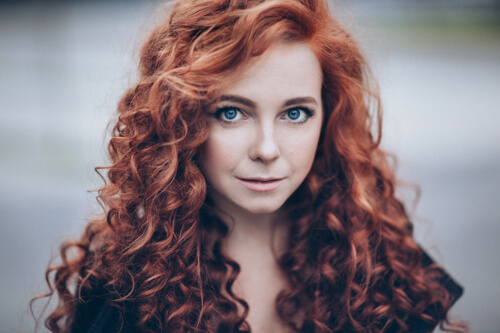Alesya Osadchaya was born in October of 1990 in Moscow, Russia. She studied veterinary medicine at the Moscow Veterinary Academy. Currently, he also works as a teacher in the field of veterinary entrepreneurship.
The fascination with photography came from childhood. Dad taught her to handle the camera, later she got carried away with photography seriously and began to earn money by taking pictures - portrait and reportage. After graduation, the institute began to travel and take pictures of more scenery and travel reports. Travel and photography are closely related. Alesya rarely uses the services of travel agencies and travels alone. Always takes a camera with her. Through photographs, she shows the fragility of man compared to the forces of nature.
Statement:
No wonder they say that the most cool photos are obtained at a time when the elements are raging. Nature opens on the new side. In bad weather, few people can force themselves to leave the warm bed and go to meet the unknown. At this time, and people who are on the street once pretend to wear "masks". They are busy with more important things - how not to get wet, do not mess up your hair, save your property, and even the safety of your life, after all. But these are not all.
However strange it may sound, I am inspired by the vagaries of nature: storms, hurricanes, tornadoes, storms. As a child, I reviewed a bunch of BBC films (and not only) about similar natural phenomena. Probably, therefore, at such moments in the head immediately the plots for photographs are born - a good look. But even in the quietest weather one can find "moments of strength". With my capture I want to show the greatness of nature, its beauty, strength and scale in comparison with fragility and human life.
